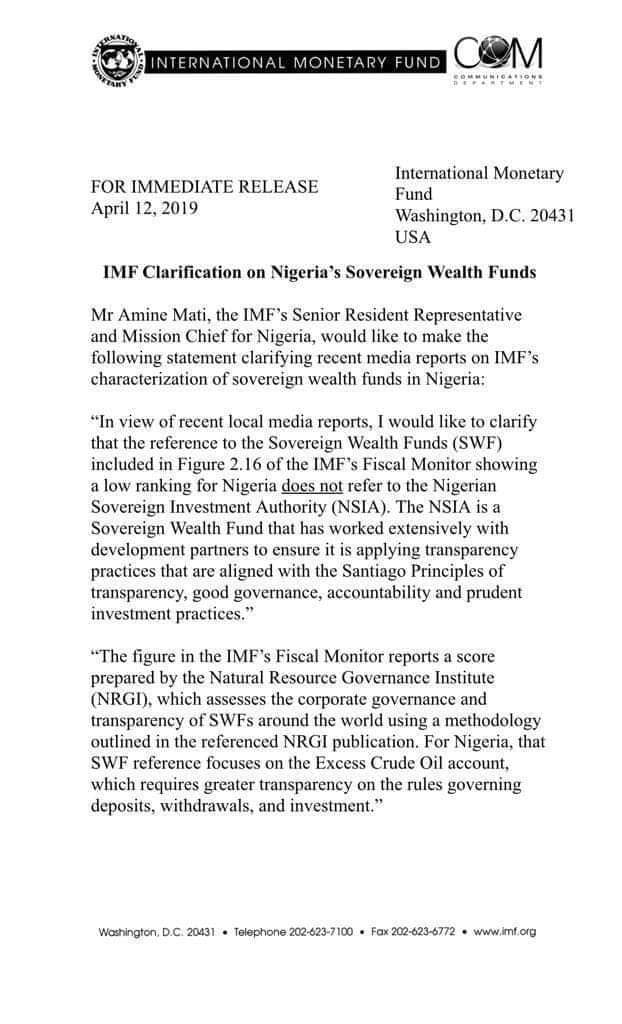By Nnamdi Odumody
In Sub-Saharan Africa, more than 60 percent of farms are powered by humans with less than 20 percent provided by engines, a model which is not sustainable as food demand increases due to population growth, which is averaging 11 million per year.
According to the Food and Agriculture Organization, 35-50 percent post harvest losses for perishable agricultural products are lost annually in the region due to poor planting practices.
Jehiel Oliver, an African American investment banker, decided to do something about this. He founded Hello Tractor which in 2014 launched a mobile platform to enable farmers access tractor services on demand. Through the use of a mobile app and other technologies, it aggregates tractor service requests, and then pairs them with recommended tractors and operators, while simultaneously tracking how many hours each piece of equipment is on the field and areas serviced.
There are many opportunities in the Nigerian (and indeed African) agriculture sector for entrepreneurs to unlock, starting from the traditional agro-businesses to the evolving agricultural technology (agtech) businesses. We have listed some of the ideas in this piece where we noted that agriculture could be on its way to $1 trillion cumulative revenue in Africa within seven years. Agriculture employs more than 65% of Africa’s working population, making it a very important part of our economy. It presents immense opportunities because the sector is still at infancy, and can only grow looking at the renewed efforts by investors, entrepreneurs, farmers and governments to deepen African competitiveness through agricultural production and processing.
Hello Tractor underwent a strategic redesign after Jehiel discovered that it needed to add additional services which include predictive maintenance, operator and tractor scoring, financing and crop yield forecasting. It collaborated with IBM Research’s Nairobi Lab to develop IoT (internet of things), Blockchain and AI technologies which would run on its Watson Intelligent Cloud.
On 11th December 2018 at the Techcrunch Startup Battlefield Africa which held in Lagos, it unveiled an agriculture digital wallet and decision making tool which provides demand and supply visibility for farmers, tractor fleet providers and banks to give farmers the equipment and technology needed to build a sustainable farm. The new services will be tested in a pilot commencing in the first half of 2019.
For farmers, machine learning will help to predict crop yields, which combined with advanced analytics and blockchain can be mined to develop a credit score for loans. IoT Data from tractors will help smallholder farmers know when to cultivate, the quality of their farm cultivation, what to plant and the right type of fertilizer.
Tractor fleet owners will be able to view and manage fleet utilization, predictive maintenance and forecast future tractor utilizations based on history, real time weather and remote sensing satellite data. Using a five-star rating system, tractor operators will be ranked and utilized based on their training (e.g ploughing, deep ripping, harrow, fertilizing). Owners will also have financing opportunities for maintenance and buying tractors and implements using historical data.
Tractor dealers can benefit from improved tractor repair and servicing, after sales support, spare part inventory planning and credit administration. At the same time, banks and other financial institutions can view and track utilization of tractors to determine a credit portfolio for the farmer, and tractor owner, while also evaluating forecasted utilization to make credit decisions for tractor owners based on verified and trusted data on the blockchain.
Agriculture focused governments in Africa can utilize the data and actionable insights from Hello Tractor for various decision support capabilities such as for structuring incentives, enforcing regulations, prioritizing investments and policy decisions.
The backbone of the agriculture digital wallet is a blockchain-enabled and AI-based decision support platform which enables capturing, tracking and instant sharing of data while creating end-to-end trust and transparency for all parties involved across the value chain.
The next phase will see Hello Tractor utilize machine learning and image recognition to predict the quality of cultivation and also expansion to Kenya, Mozambique, Senegal, Tanzania, Bangladesh and Pakistan.
The Central Bank of Nigeria’s intervention in agriculture NIRSAL, Federal Ministry of Agriculture and Rural Development, and financial institutions need to support innovations like Hello Tractor which are promoting efficiency in farming operations to create higher value.








